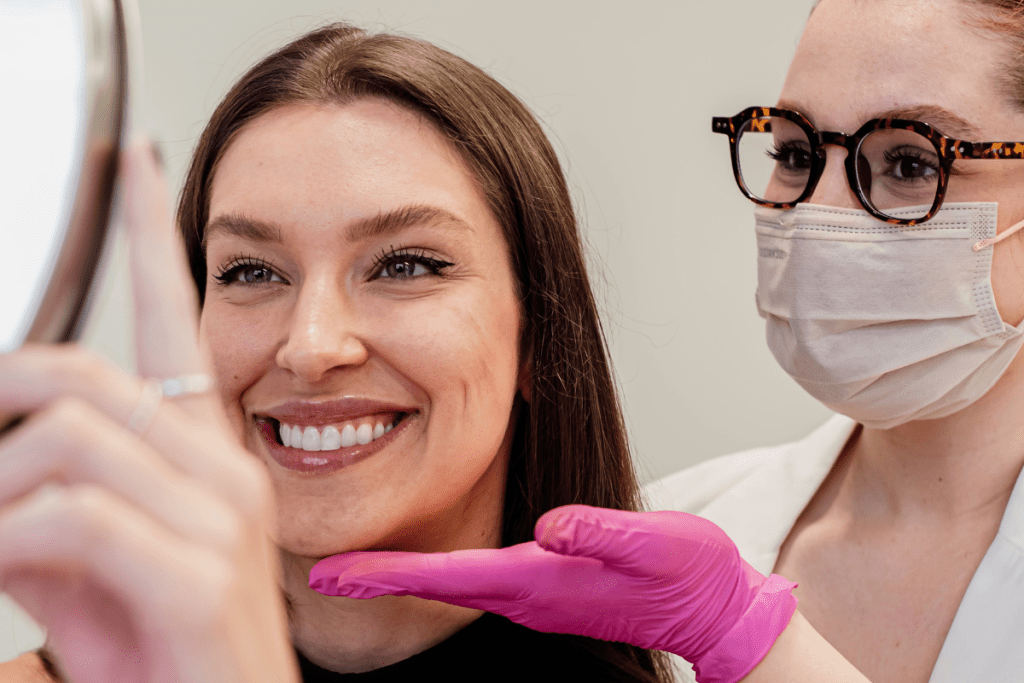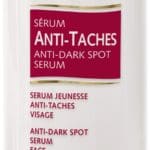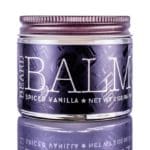
It is widely recognized that the skin is like a window into a person’s physical health. Someone with glowing, radiant skin creates the impression that they have a healthy body, their hormones are in balance, and they are receiving the optimal amount of key nutrients and vitamins. The healthy glow of radiant skin is what the mind’s eye instinctively finds attractive.
While proper nutrition plays a significant role in healthy skin, another crucial factor is exercise.
Exercise promotes circulation throughout the entire body, which, in turn, creates a flushing response that opens up the cells. This dilation enhances the transportation of oxygen along with other vital nutrients, nourishing the skin and promoting the growth and repair of cells. This reaction also removes cellular debris and waste, such as free radicals, out of the cellular system, thereby reducing inflammation throughout the entire body.
A client diagnosed with rosacea, or an exaggerated flushing response, should still continue to exercise and should not be concerned about heightened redness in the skin. The benefits of exercise absolutely outweigh the effects of rosacea. Clients with rosacea should exercise indoors where they have fans and air-conditioning available to them. Swimming can also be a great option since it keeps the skin cool while exercising. Another tip is to apply a cool compress immediately following aerobic activity to decrease the flushing response.
Another great benefit of exercise to the skin is that it dilates the pores, allowing sweat to expel any trapped oil and debris, thus decreasing acne. In order to fully take advantage of this benefit, it is imperative that the skin be washed immediately after exercise. For inflammatory conditions, such as eczema and psoriasis, sweat may cause irritation. However, a thin layer of occlusive hydrator applied prior to exercise will help to prevent irritation from occurring.
Exercise is one of the few modalities proven to decrease cortisol, the stress-related hormone. Elevated cortisol levels can create an increase in sebum production leading to an increased frequency of acne breakouts. Over time, elevated cortisol disrupts healthy sleep patterns and can break down the collagen and elastin in the dermis, initiating rapid intrinsic aging. Picture any president before and after their strenuous four- or eight-year term and the evidence of cortisol-induced intrinsic aging is obvious. As the dermis thins and the epidermis thickens, a dull, ruddy, and wrinkled complexion emerges. Research has shown that moderate aerobic exercise can not only decrease cortisol levels, but also cause muscles to excrete myokines. Myokines are tiny protein substances that create change in muscle tone and the dermis. They promote the preservation of collagen, helping to create a thicker and healthier dermis over time.
The amount of exercise required to achieve these benefits is very attainable. A 20-minute high-intensity interval training session improves blood sugar levels for up to 72 hours. This improvement leads to increased overall metabolic health and helps to create hormone balance.























0 Comments